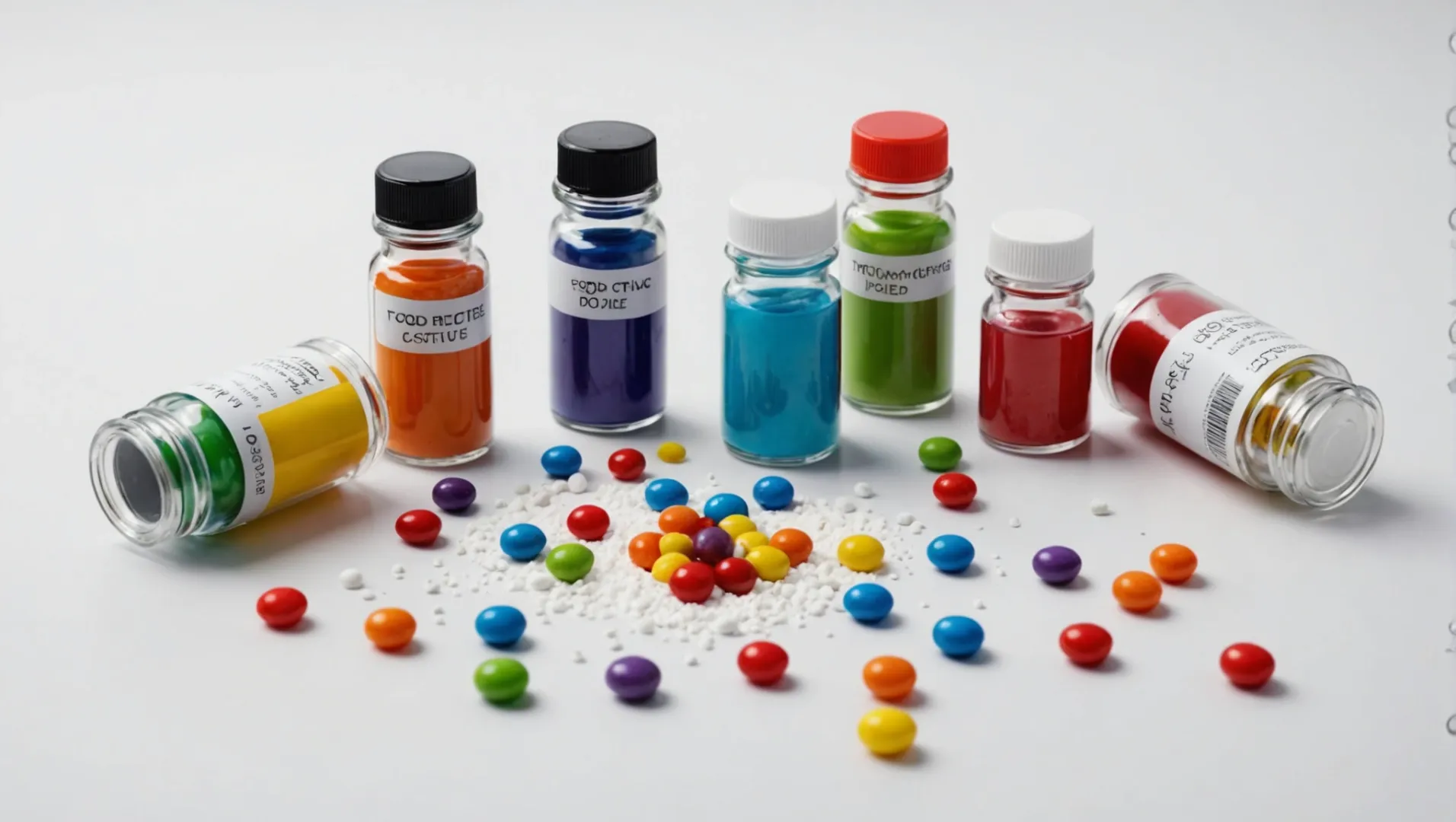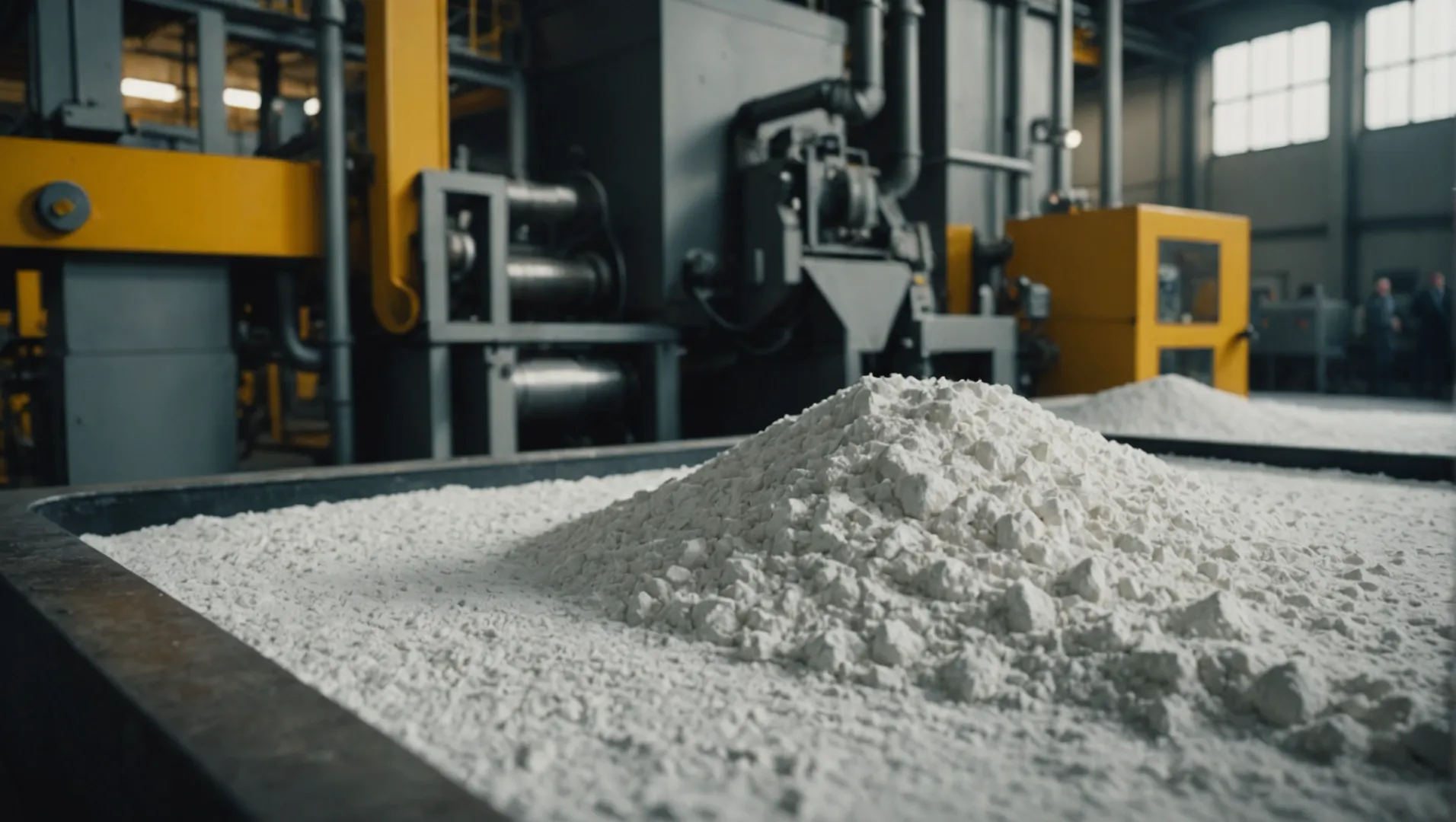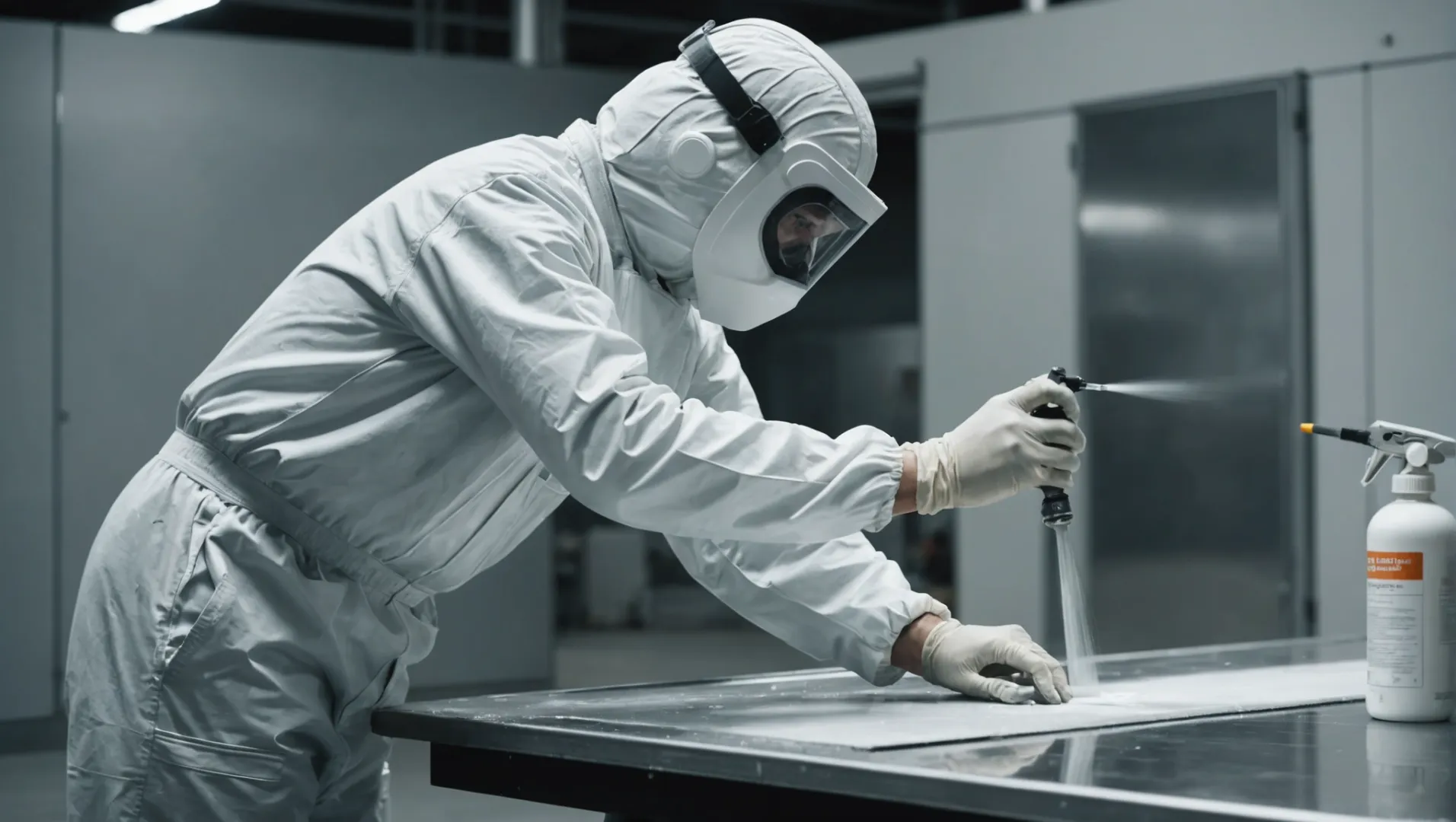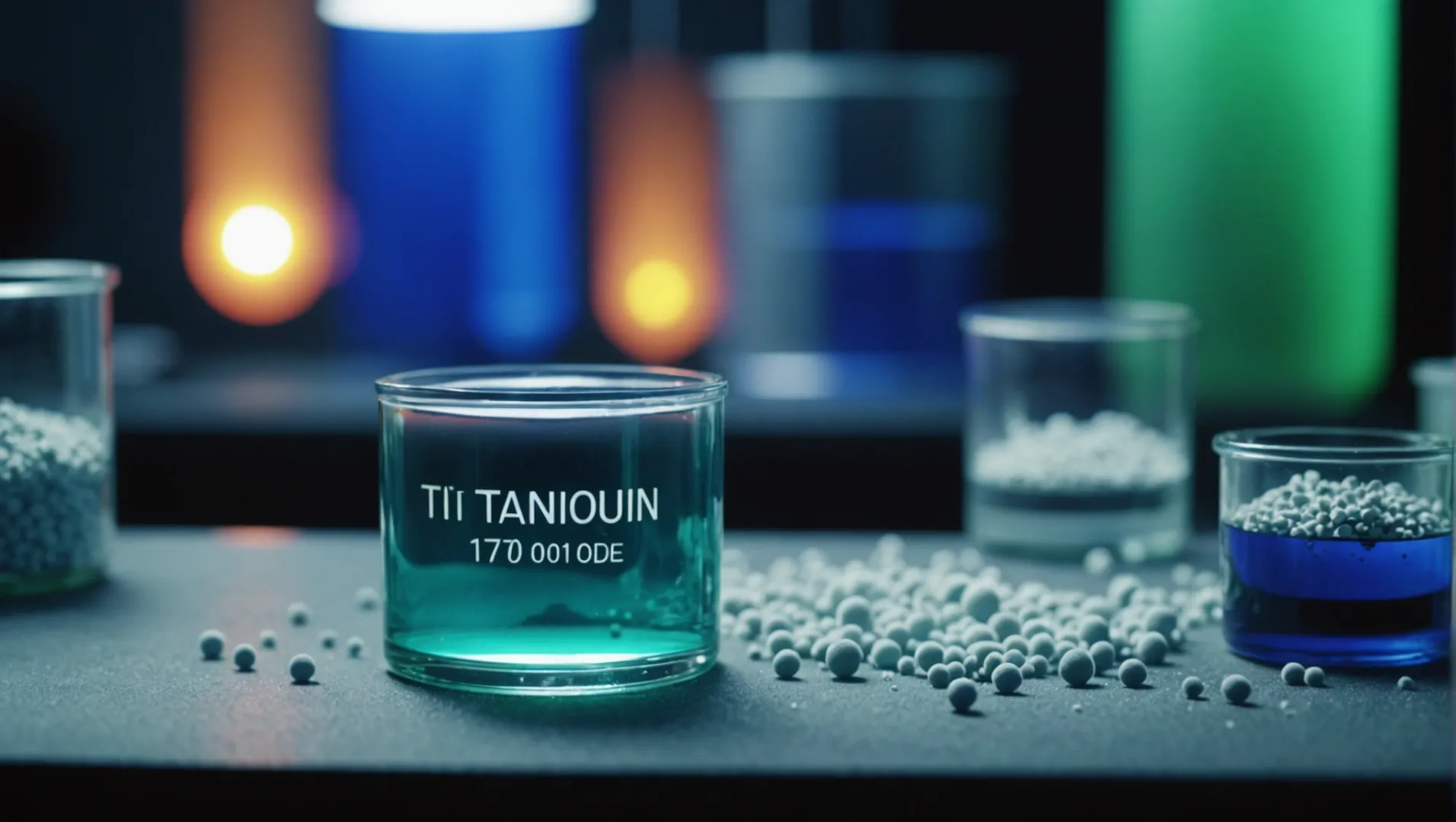
Titanium dioxide (TiO₂) is a versatile compound that plays crucial roles across the food, pharmaceutical, and cosmetics industries. Its unique properties make it an essential ingredient for enhancing visual appeal and ensuring product stability. However, its safety has become a hot topic of debate, especially in food applications. This article explores the applications of titanium dioxide, the ongoing discussions surrounding its safety, and how regulations differ worldwide.









